When it comes to designing a custom cover crop mix for your field, some general rules make it easy. Let’s say you want a three-species blend with 50% Oats, 25% Radish, and 25% Turnip. Take the percentages and multiply it by the full seeding rate of each species to get your pounds per acre of each species. Always increase the full seeding rate by 25% if you plan on broadcasting the seed.
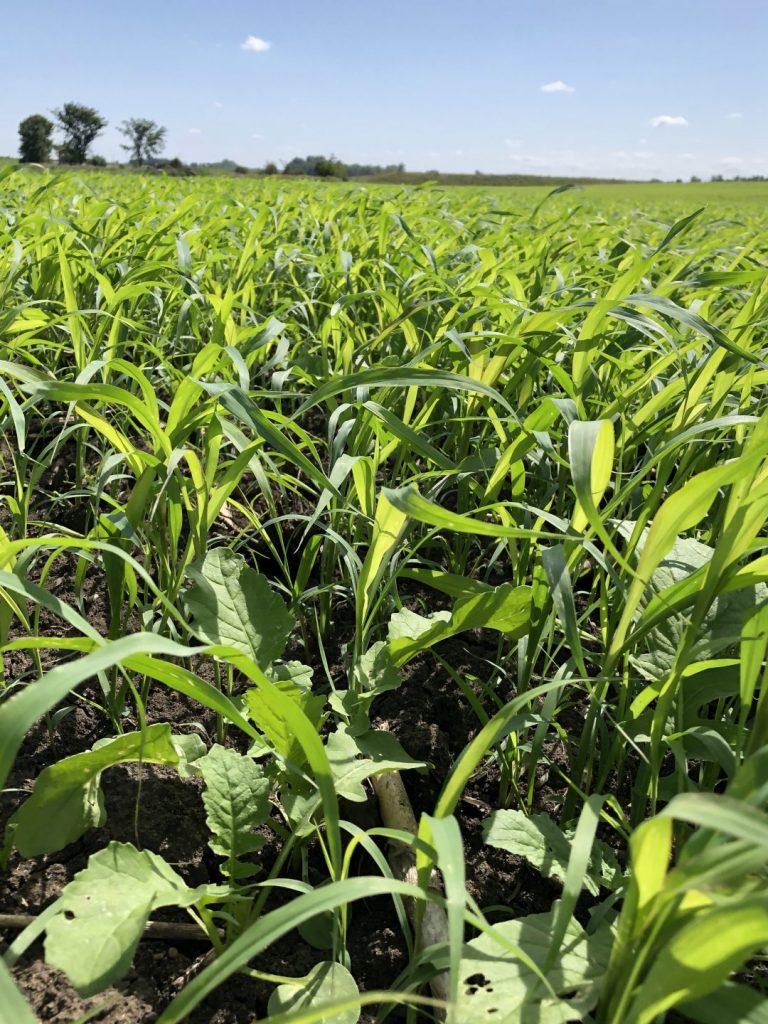
Three Categories of Cover Crops
As you design your custom mix, keep in mind these three main categories of cover crops:
Grasses: Any small grains such as oats, barley, or wheat as well as warm-season grasses like millets, sorghums, and sudangrass.
Brassicas: Family of leafy broadleaf plants with a large taproot. Radishes, turnips, and other related species.
Legumes: Any plant that can form a nodule on its root and fix excess soil nitrogen. Clovers, peas, and vetches are some common examples.
Basic Mix Models
Below are a few basic mix models that are good to follow when designing mixes for certain goals.
Grazing Mix: Grasses + Brassicas
Annual grasses will increase total forage production and provide roughage in the diet. Brassicas will improve the protein content of the diet and overall forage quality in terms of digestibility. The most productive blends generally contain similar percentages of grasses and brassicas.
Soil Building Mix: Legumes + Brassicas + Some Grasses
Including a high percentage of legumes gives you the potential to fix nitrogen ahead of the next cash crop. Brassicas work deep in the soil profile with their taproots to help improve soil structure. Including a grass or another high-carbon plant, like flax, is beneficial to help diversify the mix and provide some residue for the activated soil microbiology to breakdown and mineralize.
All-Purpose Mix: Brassicas + Grasses + Some Legumes
If you want a reliable and economic mix that can serve a variety of purposes, simplicity is the best approach. Using common brassica species along with small grains or warm-season annual grasses will provide consistent growth. Including a legume species or two is an excellent way to diversity the blend. A mix with his backbone can consistently provide grazing along with the soil-building activity.
My SeedMix Makes It Easy

Not sure where to start? We’ve designed an app that will make it easy! Visit myseedmix.com to start building your custom cover crop mix today.
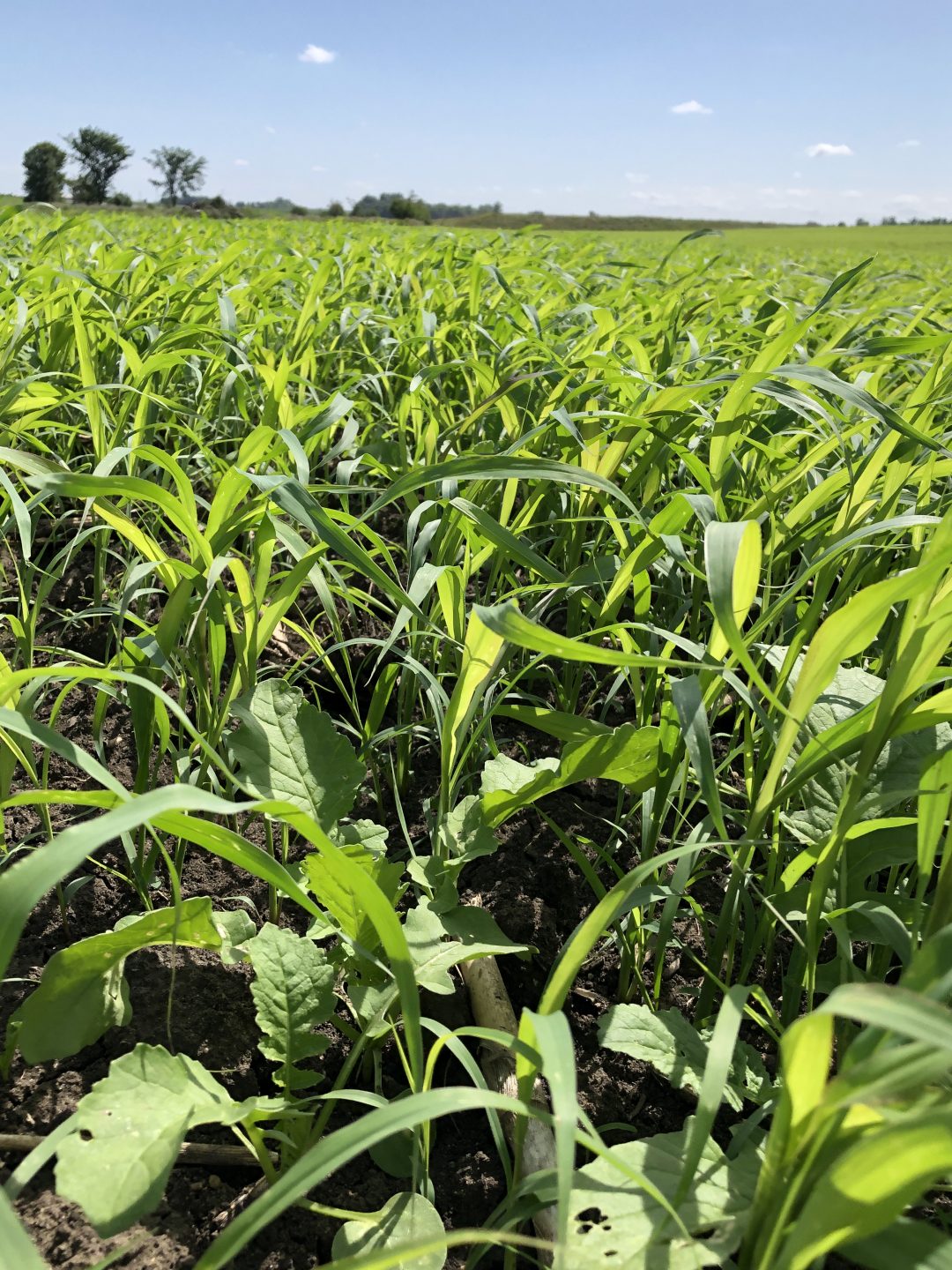
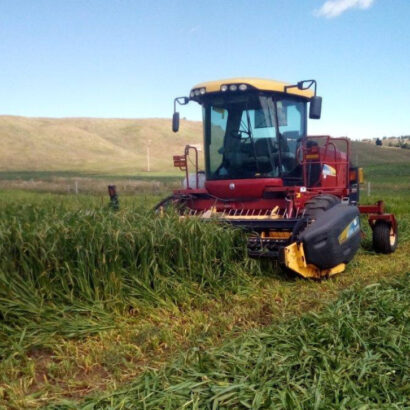
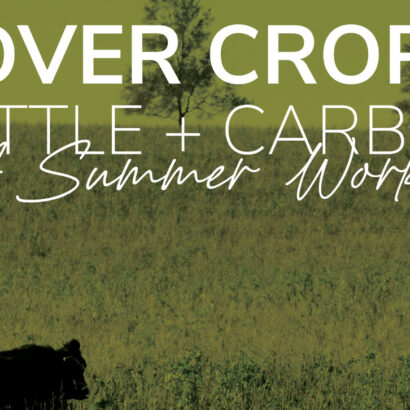
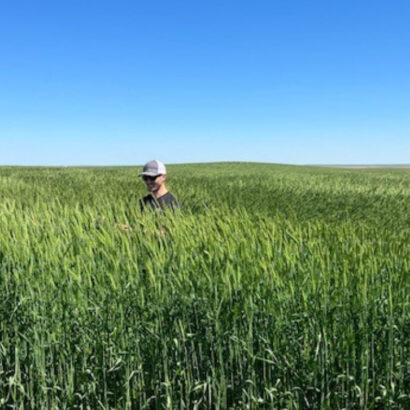
Discussion
0 Comments